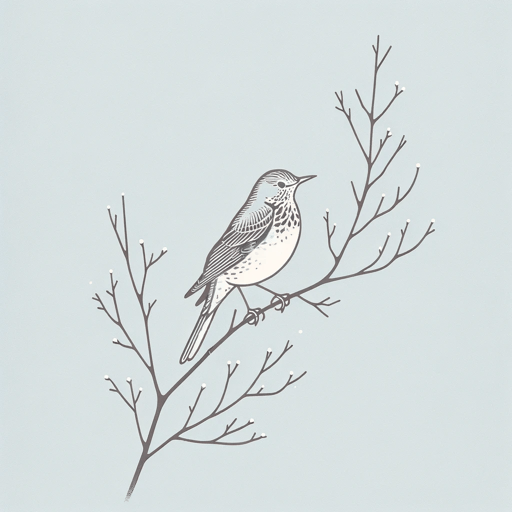18 pages • 36 minutes read
Thomas HardyThe Darkling Thrush
Fiction | Poem | Adult | Published in 1900A modern alternative to SparkNotes and CliffsNotes, SuperSummary offers high-quality Study Guides with detailed chapter summaries and analysis of major themes, characters, and more.
Summary and Study Guide
Overview
Thomas Hardy’s “The Darkling Thrush” is a somber poem about the death of the old world at the turn of the 20th century. Hardy supposedly wrote it on New Year’s Eve, 1899. In it, the poet eulogizes not only the end of the Victorian era, but also the death of rosy Romantic concepts of God and nature. Hardy first published “Thrush” in the British illustrated newspaper The Graphic in 1900; in this initial publication, he included the subtitle “By the Century’s Deathbed.” He later republished the poem in the London Times on New Year’s Day, 1901. Clocking in at 32 lines in length, “The Darkling Thrush” is one of Hardy’s most famous and widely anthologized poems.
“The Darkling Thrush” showcases many hallmarks of Hardy’s poetic style. A deep sense of despair and pessimism permeates all his works, and “Thrush” is no different. It is arguably an elegy, or lament for the dead, and finds little to celebrate or be hopeful for in human life. Like the Romantic poet William Wordsworth, an important literary influence, Hardy is deeply interested in ruralism and the rustic English lifestyle, and “Thrush” is set on the outskirts of society. Hardy focuses too on features of landscape, which he uses in “Thrush” as a metaphor for the death of the 19th century. In contrast, Hardy also introduces another important poetic symbol to the poem—a singing bird—to symbolize the dawning hope of a new era.
While critics long celebrated Hardy first and foremost as a novelist, his poetry has gained increased scholarly recognition from the 1970s down to the present. Critics consider “The Darkling Thrush” to be one of Hardy’s finest poems. It represents both a response to his Romantic predecessors like John Keats and is an important source of inspiration for later Modernist poets like W.H. Auden and Robert Frost. Hardy is, in fact, sometimes described as the last Victorian and the first Modernist.
Poet Biography
Thomas Hardy was an English novelist and poet who was born on June 2, 1840 in Dorset, a rural region in southwestern England. His father, Thomas Hardy, was a stonemason. Scholars credit his mother, Jemima, with enabling Hardy’s future literary success by instilling a love of learning into her eldest son at an early age. The rural lifestyle Hardy enjoyed in childhood had a powerful effect on his later writings, which were class-conscious and focused on rustic settings and characters.
While Hardy received a basic education in the village school and, later, in nearby Dorchester, his family’s poverty precluded further schooling, despite Hardy’s apparent aptitude for languages. In 1856 he became apprentice to a local architect. In 1862 he moved to London, where he worked in a premier architect’s office until poor health forced him back to Dorset in 1867. Hardy initially had plans to become an Anglican priest, but lost his faith in the 1860s. Poverty, again, redirected his career path. He began experimenting with poetry, but saw little publishing success and moved into fiction, which was tepidly received. In 1870 Hardy met Emma Gifford, whom he would marry four years later. Emma strongly encouraged Hardy’s literary efforts.
In 1874 Hardy finally found his breakthrough with his fourth novel, Far From the Maddening Crowd, an equally tragic and humorous love story set in an idyllic farming community. Socioeconomic complexities in working-class England would become a mainstay of Hardy’s novels, the most famous of which being his later works, Tess of the d’Urbervilles (1891) and Jude the Obscure (1895). Critics at the time condemned Hardy’s subject matter, which they perceived as criticizing conventional Victorian morality, particularly in regard to women and sexuality. This drove Hardy to switch to writing poetry in his twilight years. He had, in fact, always preferred poetry, but focused on novels to pay the bills.
Hardy’s verse works have no discernable arc from amateur to expert; they are a mixed bag, with excellent pieces mixed in with more middling ones. The sudden death of Hardy’s wife, Emma, in 1912 after a long period of estrangement seems to have activated the poet, who composed many of his best poems at this time. Hardy was a popular writer in England by the time of his death of old age on January 11, 1928.
Poem Text
I leant upon a coppice gate
When Frost was spectre-grey,
And Winter's dregs made desolate
The weakening eye of day.
The tangled bine-stems scored the sky
Like strings of broken lyres,
And all mankind that haunted nigh
Had sought their household fires.
The land's sharp features seemed to be
The Century's corpse outleant,
His crypt the cloudy canopy,
The wind his death-lament.
The ancient pulse of germ and birth
Was shrunken hard and dry,
And every spirit upon earth
Seemed fervourless as I.
At once a voice arose among
The bleak twigs overhead
In a full-hearted evensong
Of joy illimited;
An aged thrush, frail, gaunt, and small,
In blast-beruffled plume,
Had chosen thus to fling his soul
Upon the growing gloom.
So little cause for carolings
Of such ecstatic sound
Was written on terrestrial things
Afar or nigh around,
That I could think there trembled through
His happy good-night air
Some blessed Hope, whereof he knew
And I was unaware.
Hardy, Thomas. “The Darkling Thrush.” 1990. Poetry Foundation.
Summary
On a cold winter evening, perhaps New Year’s Eve, the speaker leans on a gate to the forest and surveys the wilderness after everyone else has sought warmth indoors (Lines 1-8). Personifications of ghostly grey Frost and Winter make the setting sun (the “weakening eye of day” [Line 4]) seem even weaker. Bine-stems, the woody parts of a shrub, score (or make lines across) the sky (Line 5). The speaker compares these stems to broken strings of a lyre, an ancient instrument resembling a harp.
The speaker feels the harsh features of the landscape resemble “the Century’s corpse” (Line 10). He extends the metaphor: If the land is the corpse of the 19th century, the cloudy sky is its crypt and the wind, its mourning lament (Lines 11-12). He shifts his focus to seeds, the “ancient pulse of germ and birth” (Line 13) (“germ” is etymologically related to “germinate,” meaning a state in which something that can grow.) The seeds are “hard and dry” (Line 14) though, just like every other living thing on earth. In the speaker’s view, everything in creation seems stunted and lifeless.
In the third stanza, the speaker suddenly hears a voice singing a “full-hearted evensong” (Line 19), a melody traditionally performed at Christian evening services worshipping God. A weak and elderly thrush, a type of songbird, has chosen to sing a lovely melody as night falls. In the final stanza, the speaker notes that there seems to be little for the bird to celebrate. It must know of “some blessed Hope” (Line 31) that the speaker cannot see.
Related Titles
By Thomas Hardy
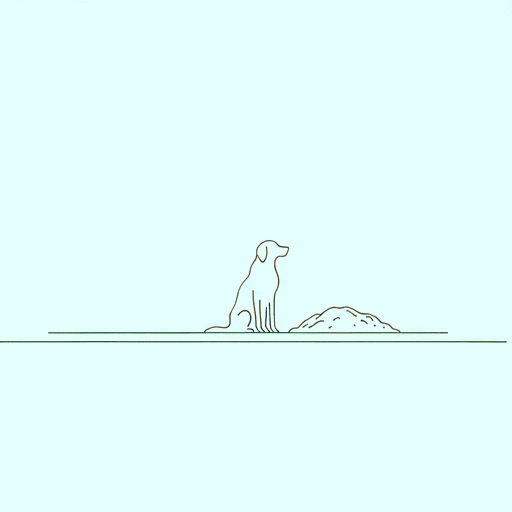
Ah, Are You Digging on My Grave
Thomas Hardy
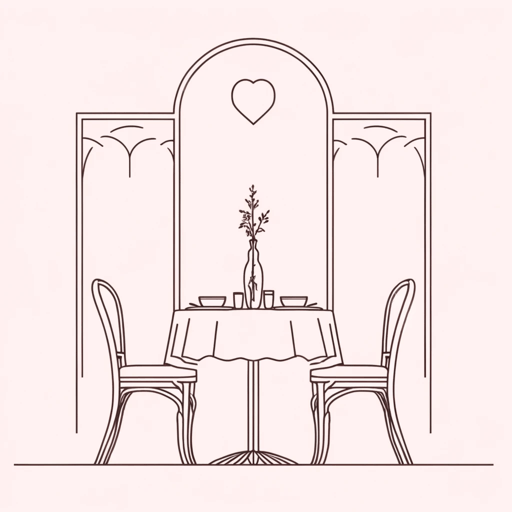
At an Inn
Thomas Hardy
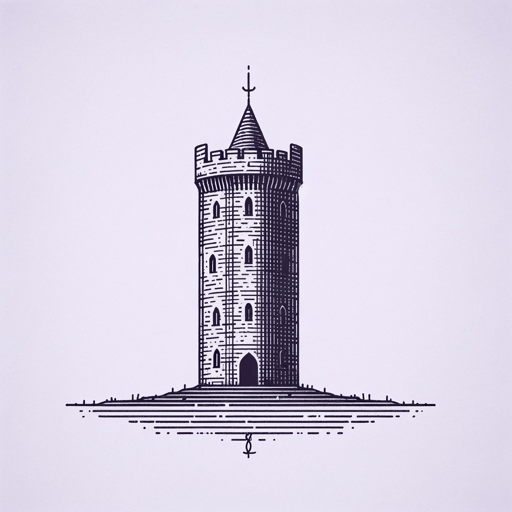
Channel Firing
Thomas Hardy

Far From The Madding Crowd
Thomas Hardy
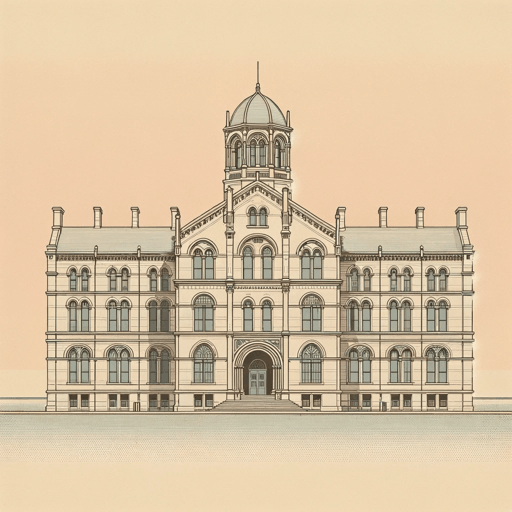
Jude the Obscure
Thomas Hardy
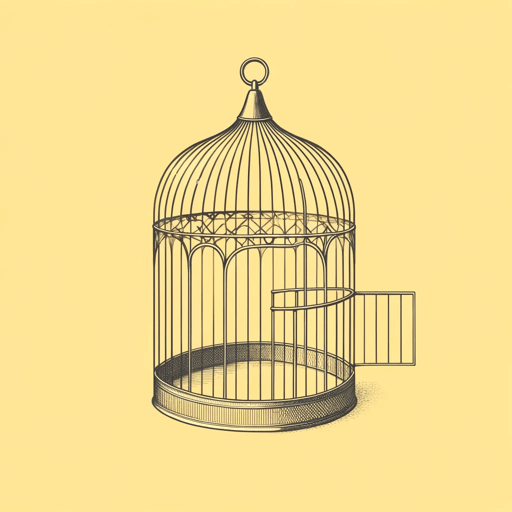
Tess of the D'Urbervilles
Thomas Hardy

The Man He Killed
Thomas Hardy
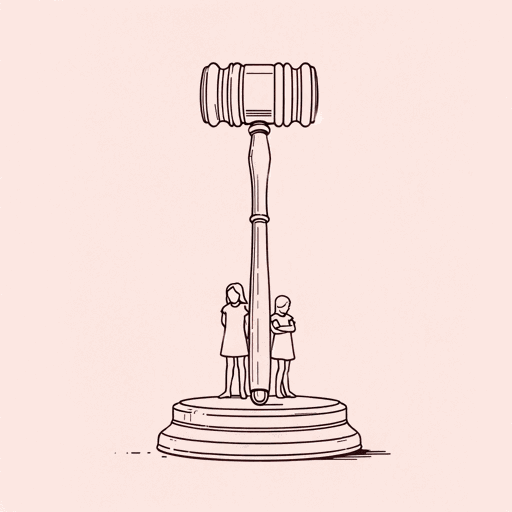
The Mayor of Casterbridge
Thomas Hardy
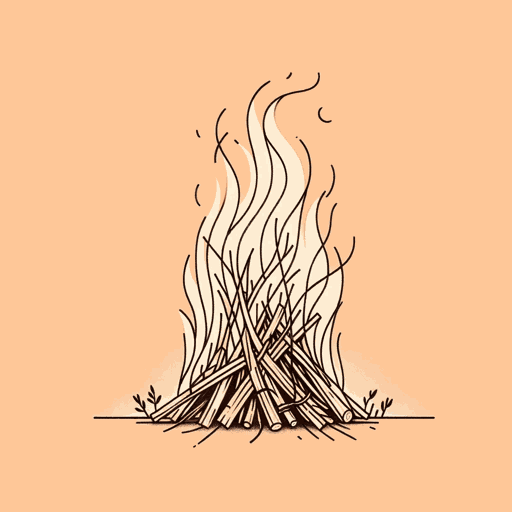
The Return of the Native
Thomas Hardy

The Withered Arm and Other Stories
Thomas Hardy

The Woodlanders
Thomas Hardy
